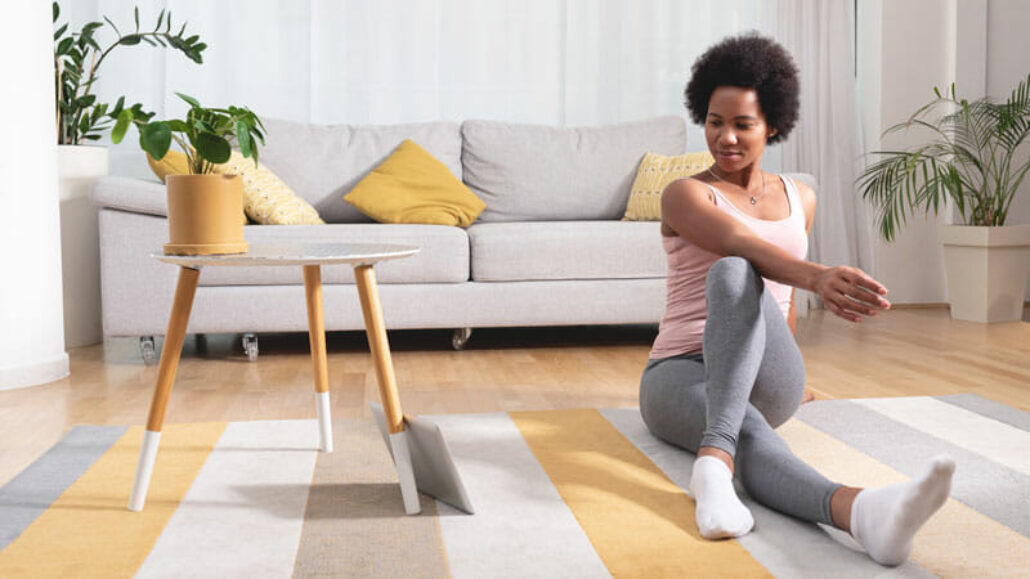J.P. Delaney, M.D., one of Summit’s hand and upper extremity experts, shares some insights about being “double-jointed.”
You may have heard a friend, family member, or colleague say the phrase, “I’m double-jointed. Look!” The person may then bend or flex fingers, wrists, elbows, or shoulders seemingly backward or in impossible directions. But while it’s a great party trick, being “double-jointed” isn’t a real orthopedic condition.
What does “double-jointed” mean?
The term “double-jointed” really has no meaning in an orthopedic context. “When people use the phrase ‘double-jointed,’ it doesn’t mean that they have an extra set of joints. Generally, it means that they have hyperlaxity or hypermobility in their joints,” Dr. Delaney said.
“Hyperlaxity” means that the ligaments that support your joints have more stretchiness (called “elasticity”). Ligaments are strong, fibrous tissues that connect bones to other bones. “Hypermobility” means that there is a wider range of motion in a joint than is typical. Sometimes, these conditions are symptoms of whole-body syndromes affecting the collagen or connective tissue. But if the only noticeable symptoms is increased flexibility, it’s generally just a normal variation.
Variations in flexibility
Flexibility can vary widely among healthy individuals. Imagine a bell-shaped curve. Most people will be in the middle of the curve, with a moderate amount of flexibility. A few people will have very stiff and inflexible joints that make it difficult for them to touch their toes, for example. On the other end of the curve, a few people will have a high degree of flexibility, making it easy for them to bend over backward or contort themselves in other ways.
Hyperlaxity and hypermobility are more common during childhood and adolescence. “It’s common in adolescents, particularly females, to have high flexibility and hyperlaxity,” Dr. Delaney said. This can contribute to joint dislocation among high school athletes, although there are many additional mechanical and soft-tissue factors that come into play in these injuries. The individual’s unique anatomy, including bone alignment, is the primary factor.
Most people will grow out of their “double-jointed” status as they age. A few people will stay super-flexible throughout their lives. But either way, don’t be fooled by the phrase “double-jointed.” As common as the term is, it’s not a real orthopedic condition.
Summit Orthopedics provides personalized hand and wrist expertise
The function of our hands connects through our wrists and arms to our shoulders; a problem anywhere along our arm may have a significant impact on hand function and quality of life. If you experience an injury or uncomfortable symptoms, our fellowship-trained hand and wrist surgeons are here to help. Summit physicians receive the highest levels of training and exclusively provide individualized care for conditions of the hand, wrist, and elbow. Start your journey to better function and less pain. Find your hand expert, request an appointment online, or call us at (651) 968–5201 to schedule a consultation.
More resources for you
- My Finger Is Numb. What Does That Mean?
- Top 5 Ways to Avoid Hand Overuse
- Pregnancy and Carpal Tunnel Syndrome
- Can You Break Your Hand Without Realizing It?

